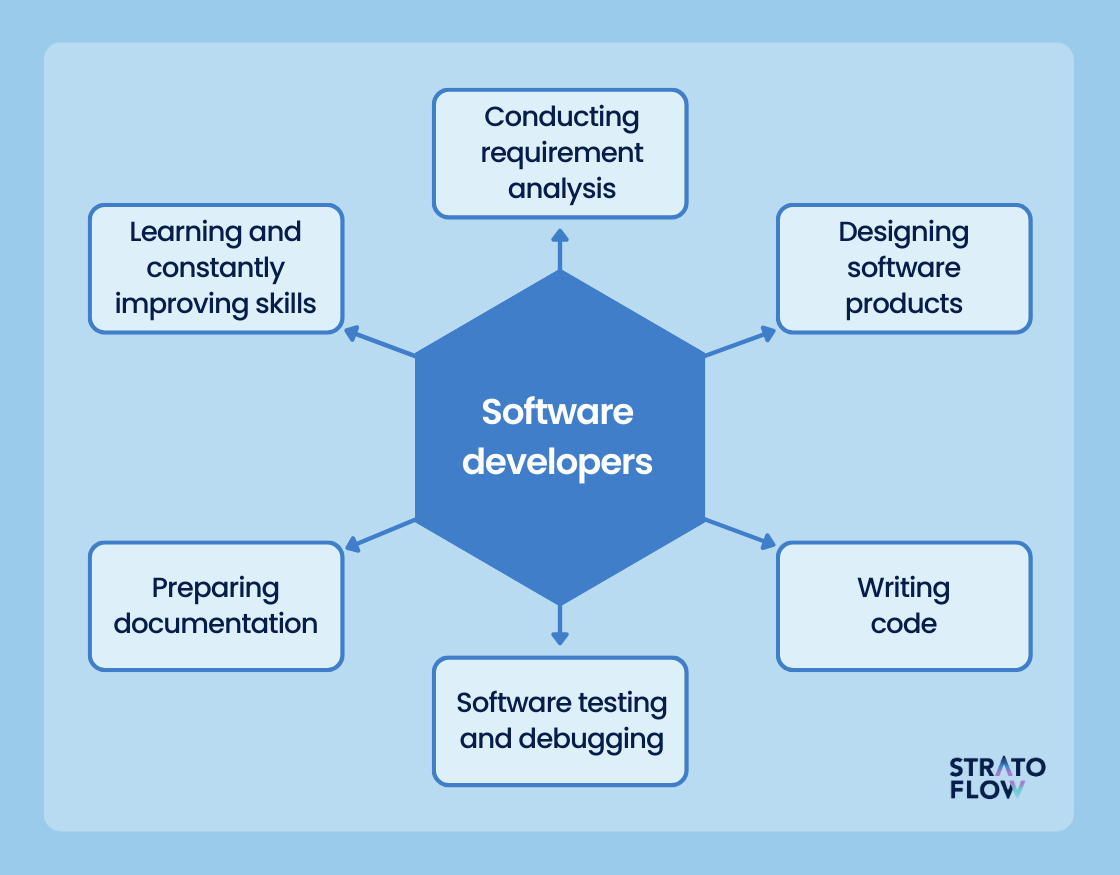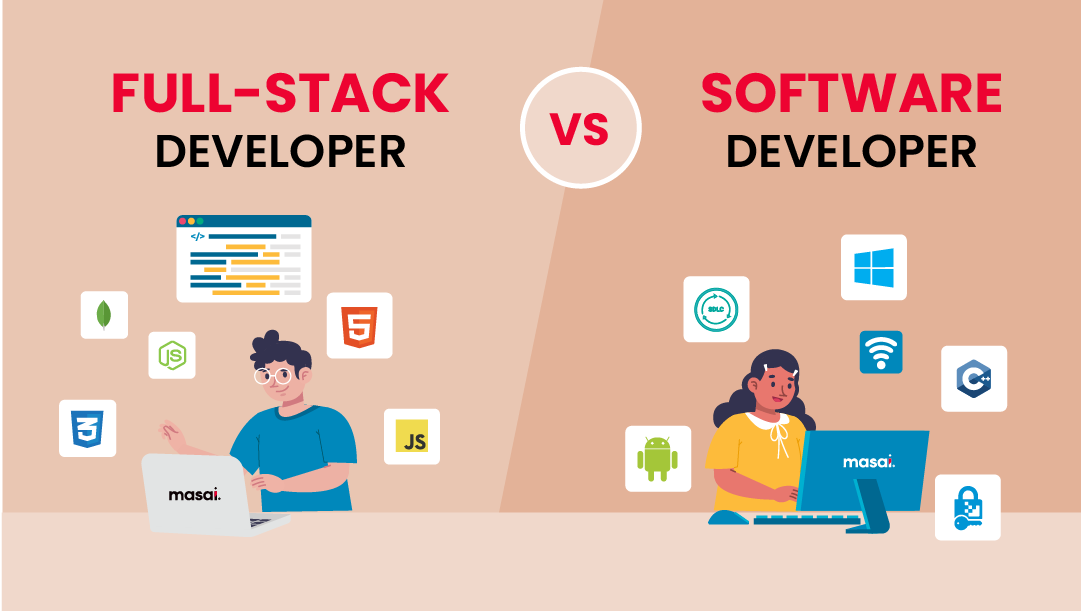Discovering the Ideal Software Development Partner for Innovative Solutions
Discovering the Ideal Software Development Partner for Innovative Solutions
Blog Article
Committed Developers vs. In-House Teams: Which Is Right for You?
The choice between making use of committed programmers and keeping an in-house group is a significant one that can affect the trajectory of your projects and total organization method. On the other hand, internal groups add to a cohesive firm culture and a nuanced understanding of lasting objectives.
Recognizing Devoted Designers
The expanding need for specialized skills in the tech industry has actually led to the development of committed developers as a practical remedy for numerous companies. These professionals are generally gotten on a job basis, enabling firms to take advantage of certain competence without the long-term dedication connected with permanent hires. Dedicated programmers are typically ingrained within a client's group, supplying flexibility and scalability to satisfy project requirements.
This model permits organizations to access a worldwide ability pool, which is particularly helpful in a quickly developing technical landscape. Committed designers can be sourced from various geographical areas, making sure that business can find the best capability at competitive prices. They often bring a wide range of experience and understanding, having actually dealt with varied tasks throughout various sectors.
Additionally, specialized designers can concentrate specifically on the tasks available, enhancing efficiency and effectiveness. They are geared up to incorporate seamlessly into existing process, teaming up carefully with internal groups to achieve project purposes. This strategy not just reduces the burden of recruitment and training but likewise permits companies to remain nimble, adapting swiftly to transforming market needs and technical improvements.
Advantages of In-House Teams

In addition, in-house groups have a tendency to have a much deeper understanding of the business's goal, values, and objectives. This placement can enhance worker interaction and inspiration, as employee really feel extra linked to their job and the company's success. Furthermore, having a specialized in-house group enables much better placement of techniques and purposes, as these participants are regularly concentrated on the firm's top priorities.
In-house groups also assist in quicker decision-making processes, as they can react extra quickly to modifications and difficulties. The recognized relationships and familiarity with business methods permit structured operations and reduced miscommunication. Inevitably, the combination of a cohesive culture, alignment with business objectives, and reliable interaction makes internal groups a useful possession for many organizations, specifically those wanting to grow long-lasting development and development.
Expense Factors To Consider
When assessing cost factors to consider, both internal teams and committed designers present unique financial implications for organizations. Engaging committed designers commonly involves a pay-per-project or per hour rate model, which can be cost-efficient for organizations with rising and fall task demands. This strategy enables flexibility in scaling resources up or down, making sure that business just spend for the solutions they require.
On the other hand, in-house groups entail repaired prices, consisting of wages, benefits, and overhead expenses such as workplace and devices. While this version offers better control and immediate availability of sources, it might cause higher long-lasting costs, particularly if the work does not warrant a full time staff.
Furthermore, you can try these out companies need to think about the concealed costs connected with employment and training of in-house staff members, which can better stress budgets. In some cases, the moment and sources invested in handling an in-house team can diminish the organization's core company goals.

Job Monitoring and Adaptability
Job administration and adaptability are important factors that affect the choice in between in-house groups and committed designers. Devoted teams frequently have actually established procedures for managing jobs properly, leveraging certain approaches like Agile or Scrum, which promote iterative progression and flexibility.

Ultimately, the option in between internal teams and specialized programmers depends upon the desired degree of versatility and the certain job management requirements. Business must evaluate their operational dynamics, project complexity, and resource schedule to establish which alternative lines up ideal with their tactical goals.
Making the Right Option
Picking the ideal development technique-- in-house groups or committed designers-- needs a cautious assessment of numerous elements that straighten with a company's strategic objectives. On the other hand, in-house teams can provide far better continuity and assimilation with existing employees.
Following, assess your spending plan. Committed developers frequently offer a cost-efficient option for short-term tasks, while in-house groups might incur greater long-lasting expenditures as a result of incomes, benefits, and overhead costs. Evaluate the degree of control and collaboration preferred; internal groups normally promote more powerful interaction and alignment with firm culture.
If prompt results are necessary, dedicated designers can be onboarded swiftly, whereas developing an in-house team takes time for employment and training. If continuous growth is vital, spending in an internal group may generate much better returns over time.
Conclusion
Finally, the choice between devoted designers and internal teams rests on job requirements and organizational objectives. Committed programmers give flexibility and specialized proficiency, making them suitable for short-term campaigns. Conversely, internal groups from this source grow a cohesive society and much deeper alignment with long-lasting objectives. Careful examination of spending plan restraints, task timelines, and desired control degrees is important for figuring out the most suitable strategy, ensuring alignment with strategic priorities and operational performance.
The choice between using devoted designers and keeping an in-house group is a considerable one that can influence the trajectory of your jobs and general business strategy.Project administration and versatility are vital elements that influence the choice between specialized developers and in-house groups. dedicated development team.In contrast, in-house teams might succeed in preserving a constant project administration structure due to their familiarity with the organization's culture and long-term objectives. Committed developers commonly present an economical solution for short-term projects, visit their website while internal teams may sustain greater long-term costs due to wages, advantages, and expenses prices.In verdict, the choice in between internal groups and dedicated programmers hinges on job demands and organizational objectives
Report this page